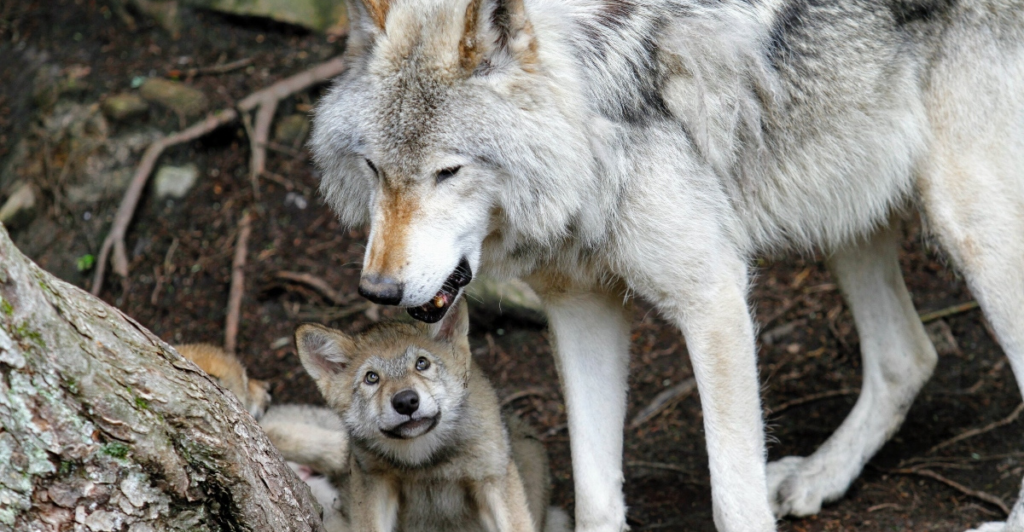
Wolves once roamed California’s wild landscapes—but for nearly a century, their howls were silenced. Now, against the odds, gray wolves are staging a comeback. From just a single sighting in 2011 to multiple thriving packs today, their return is rewriting the story of California’s wilderness. It’s a fragile recovery, one shaped by science, collaboration, and growing tensions with ranchers. Here’s how the Golden State is managing the return of one of its most iconic predators.
What Happened to California’s Wolves in the First Place?
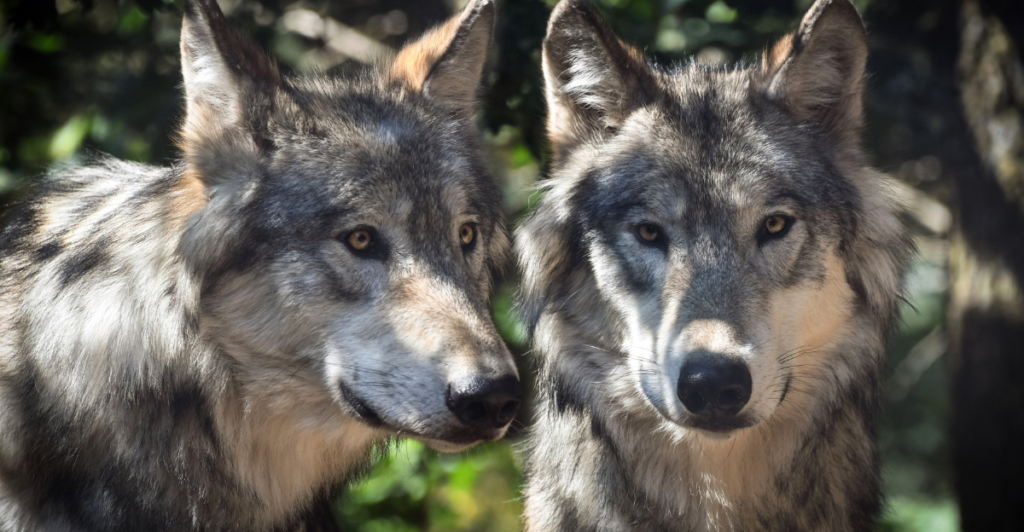
The eradication of wolves from California wasn’t an accident—it was a calculated campaign. By the early 20th century, state-sponsored bounties, poison-laced meat, and government trappers had wiped them out. The last confirmed wild gray wolf in California was shot in Lassen County in 1924. The motive? A perceived threat to livestock and public safety.
Wolves were demonized in the media, and ranchers lobbied heavily for their elimination. Without these apex predators, California’s ecosystems became unbalanced. Prey animals like deer and elk boomed, overgrazing habitats and suppressing new growth. Coyotes, no longer competing with wolves, surged in population.
The result was a cascade of ecological consequences that persisted for nearly a century. The extinction of California’s wolves reflected a broader national pattern of predator control and revealed how human fear can shape nature’s future.
How One Wolf Changed Everything
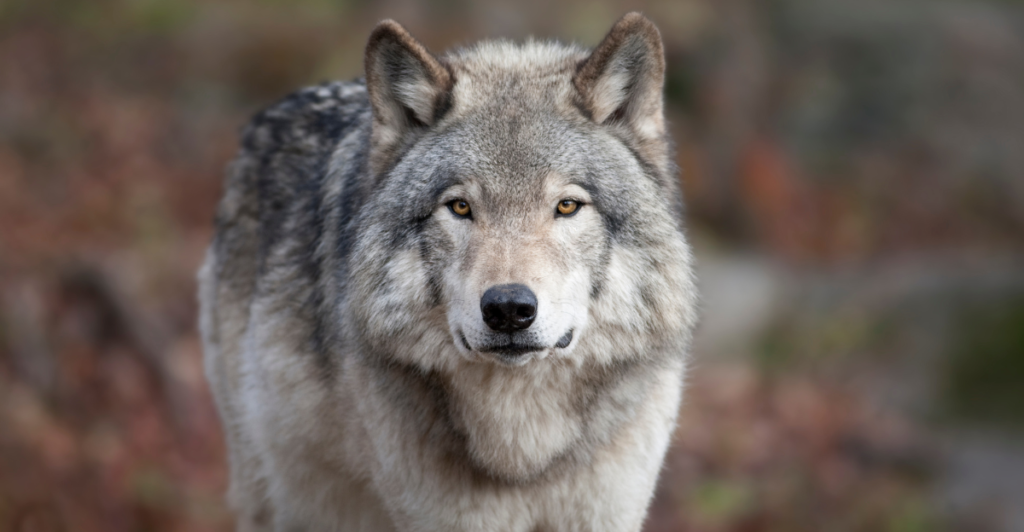
In late 2011, a young male wolf tagged OR-7 made headlines as he wandered into Northern California from Oregon. His arrival was historic—the first confirmed wolf in the state in nearly 90 years. Tracked by GPS collar, OR-7’s 1,000-mile journey mesmerized the public.
Newspapers dubbed him “The Lone Wolf,” and his travels sparked a public fascination that helped shift cultural attitudes. While OR-7 ultimately returned to Oregon to establish the Rogue Pack, his daughter later helped form California’s southernmost wolf group—the Yowlumni pack in Tulare County.
OR-7’s legacy proves that recolonization doesn’t always require human intervention. His story became a symbol of hope and resilience, triggering new conservation conversations and legal safeguards that helped create a safer California for future wolves to follow.
Are Wolves Multiplying Too Fast to Manage?
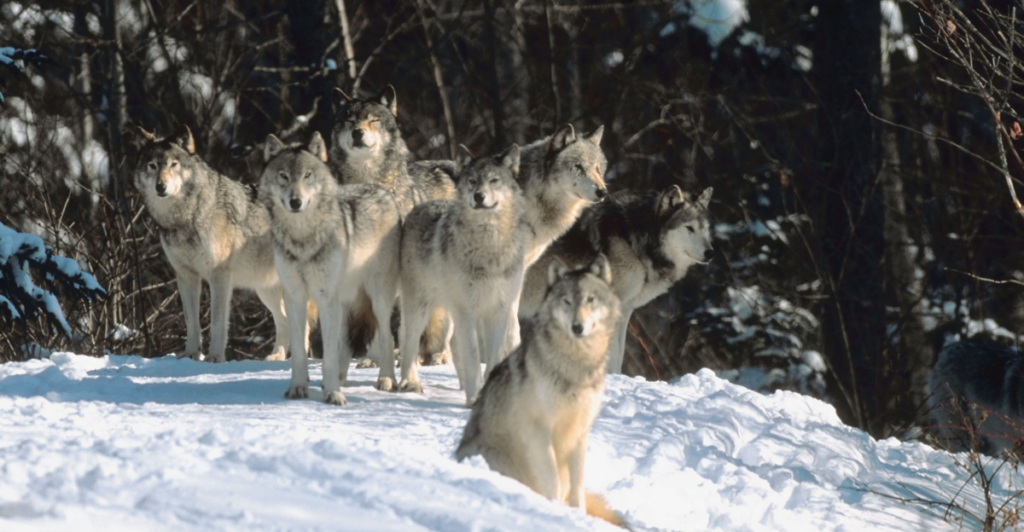
The comeback is accelerating—and faster than most expected. In 2022, California had only 18 documented wolves. By late 2024, that number had jumped to at least 70, fueled by a record 30 pups born in a single season. This isn’t just growth—it’s a demographic explosion.
According to the California Department of Fish and Wildlife, the number of active packs more than tripled in two years, from three to nine. While this marks a conservation success, it also raises logistical questions. Monitoring wolves over vast territories, verifying new packs, and tracking their movements now stretches thin state resources.
Experts worry that California’s management infrastructure may lag behind the wolves’ biological momentum. If growth continues unchecked, authorities must decide: how many wolves is too many—and how do we ethically define that limit?
Where Are California’s Wolves Going Next?
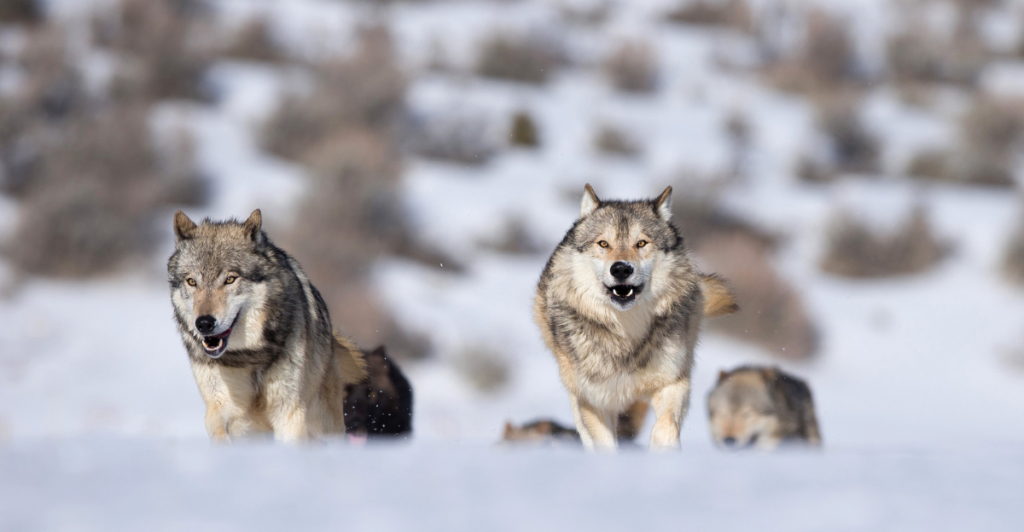
Originally clustered near the Oregon border, wolves are now expanding southward and westward. The Yowlumni pack’s establishment in Tulare County—a full 300 miles south of Oregon—marks a significant geographic leap.
In 2024, a new group dubbed the Diamond Pack was confirmed just north of Lake Tahoe. Others roam the Sierra Nevada foothills and across counties like Lassen, Tehama, and Plumas. Trail cams and scat analysis hint at lone wolves even farther afield. This expansion mirrors historical wolf territories documented in the 1800s, suggesting a return not just to presence—but to ecological memory.
The trend also carries risk: as wolves move into human-dominated landscapes, conflict probability rises. If wolves continue pushing south toward California’s Central Valley or suburban edges, conservationists and communities alike must prepare for far more complicated coexistence.
Ecological Impacts of Wolf Reintroduction
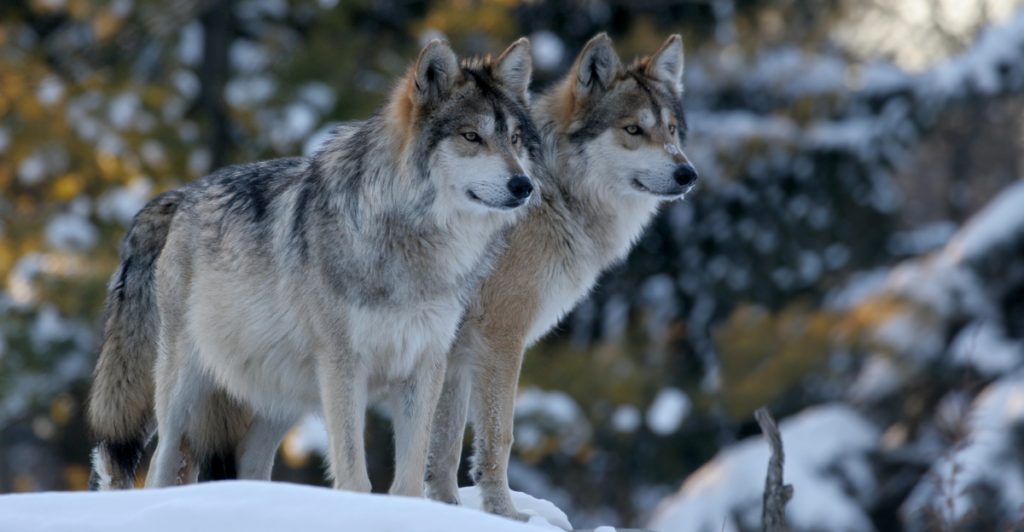
The return of gray wolves to California has significant ecological ramifications. As apex predators, wolves help regulate herbivore populations like deer and elk, preventing overgrazing and allowing native plants and trees to recover. But their influence goes deeper. In places where wolf packs have established, coyote populations have begun to decline.
Coyotes had filled the predator vacuum left by wolves, and their reduction can rebalance interactions with smaller animals and ground-nesting birds. Even mountain lions are adjusting, as wolves challenge their dominance in overlapping territories.
The reintroduction of wolves to Yellowstone National Park in the 1990s triggered similar changes—revitalizing rivers, vegetation, and entire food chains. California now stands to reap comparable ecological benefits, potentially healing landscapes that have been ecologically off-balance for nearly a century.
Can Ranchers and Wolves Coexist Peacefully?
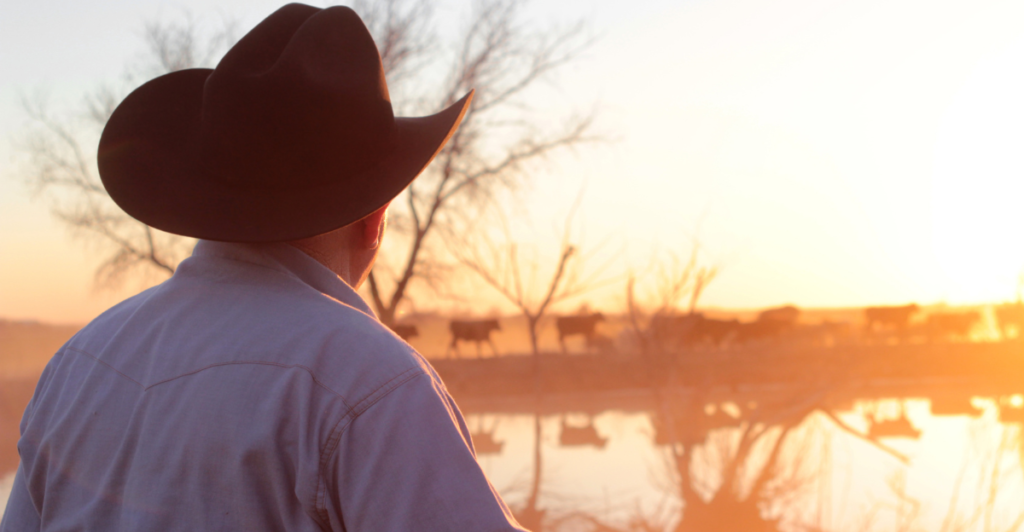
This is where the wolf recovery story becomes contentious. In 2024, reports of wolf-related cattle kills surged, particularly in counties like Siskiyou and Lassen. Ranchers, already operating on tight margins, are facing economic and emotional strain.
California law prohibits killing wolves unless there’s an imminent threat to human life, leaving ranchers with few defensive options. Some use non-lethal deterrents like guard dogs or fladry (flagged fencing), but these aren’t always practical. Janna Gliatto of Table Rock Ranch described the situation as “an invasion,” after losing multiple calves.
The state offers compensation for confirmed wolf kills, but verification can be slow, and payouts don’t always cover full losses. As wolves grow in number and range, managing their interactions with agriculture may be the most urgent—and politically charged—part of the recovery effort.
What Makes California’s Recovery Different from Other States?
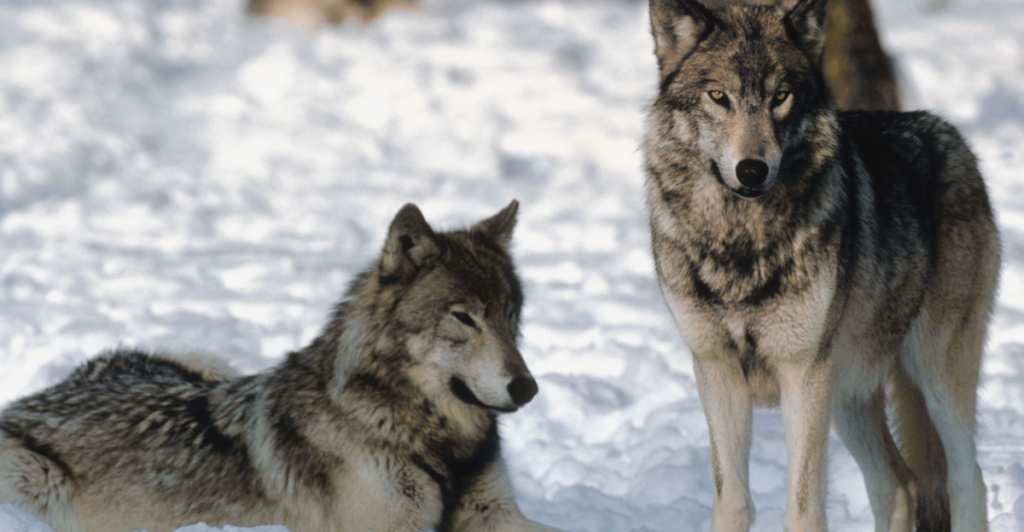
Unlike states like Wyoming or Idaho—where wolves were reintroduced through federal programs—California’s wolves returned entirely on their own. That matters. There’s no artificial population; just wild animals reclaiming historic terrain. The recovery is also unfolding in a more politically progressive state, where environmental regulations and public sentiment lean heavily toward protection.
Gray wolves in California are listed under both state and federal endangered species laws, creating a robust legal shield. This contrasts sharply with places like Montana, where wolf protections have been rolled back and hunting quotas expanded. California’s approach reflects a different philosophical stance: wildlife as co-inhabitants, not enemies.
But it also places enormous pressure on state agencies to find middle ground between preservation and rural livelihoods. Natural recolonization may be biologically cleaner—but it’s also socially messier.
Community Engagement: Bridging Conservation and Local Voices

The return of wolves has sparked passionate conversations in rural communities. To build trust and share knowledge, CDFW participated in 34 community events in 2024 alone. Staff met with livestock producers, local officials, tribes, conservation groups, and landowners to discuss wolf activity and management efforts.
These meetings help dispel myths, provide timely updates, and gather valuable local insight. Ongoing communication is a cornerstone of California’s approach—ensuring that those most affected by wolf recovery have a seat at the table. Whether it’s through county board presentations, workshops with farmers, or tribal partnerships, the goal is clear: foster collaboration that supports both people and wildlife.
As wolves expand their range, these conversations are essential to minimizing conflict and building a shared future across California’s diverse landscapes.
Tools, Tech, and Teamwork: The Future of Wolf Management
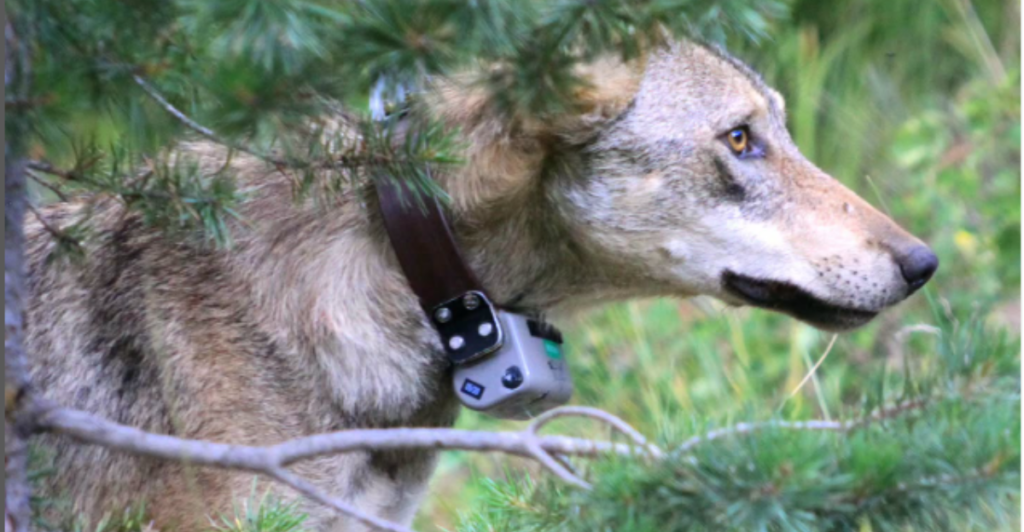
California is deploying new tools and strategies to manage its growing wolf population. In early 2025, the state launched efforts to expand GPS collaring, successfully tracking more wolves than ever before. An upcoming online tool will allow livestock producers to monitor GPS-collared wolf locations, helping to reduce surprise encounters.
The California Department of Fish and Wildlife (CDFW) is also preparing its first comprehensive report on wolf conservation, covering 2015 to 2024. Meanwhile, ranchers are receiving compensation through a pioneering three-pronged program—direct loss, indirect impact, and nonlethal deterrence—totaling $3.1 million in support so far.
CDFW continues to collaborate with tribes, landowners, and researchers to improve habitat, understand wolf behavior, and respond to depredation. Together, these efforts aim to protect wolves while ensuring the resilience of California’s rural economy and ecosystems.
What’s Next: California Enters Phase 2 of Wolf Conservation
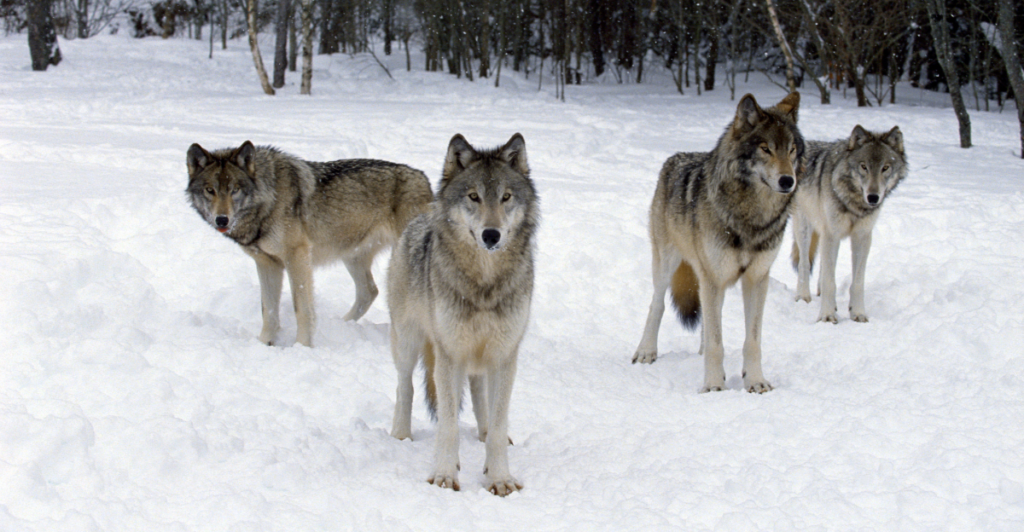
California’s gray wolf population has reached a new milestone—at least four breeding pairs documented for two consecutive years. This triggers Phase 2 of the state’s 2016 Wolf Conservation Plan, a more advanced stage of species management. The CDFW will now launch a formal review of the species’ status, with tribal and public input and independent peer review.
Officials are also exploring legal options under state and federal endangered species laws to allow more assertive hazing methods, such as using nonlethal ammunition or vehicles to scare wolves away from livestock.
This phase marks a turning point in wolf recovery, balancing science-based conservation with the practical needs of ranchers and rural communities that share the landscape with these returning predators.
Explore more of our trending stories and hit Follow to keep them coming to your feed!

Don’t miss out on more stories like this! Hit the Follow button at the top of this article to stay updated with the latest news. Share your thoughts in the comments—we’d love to hear from you!







